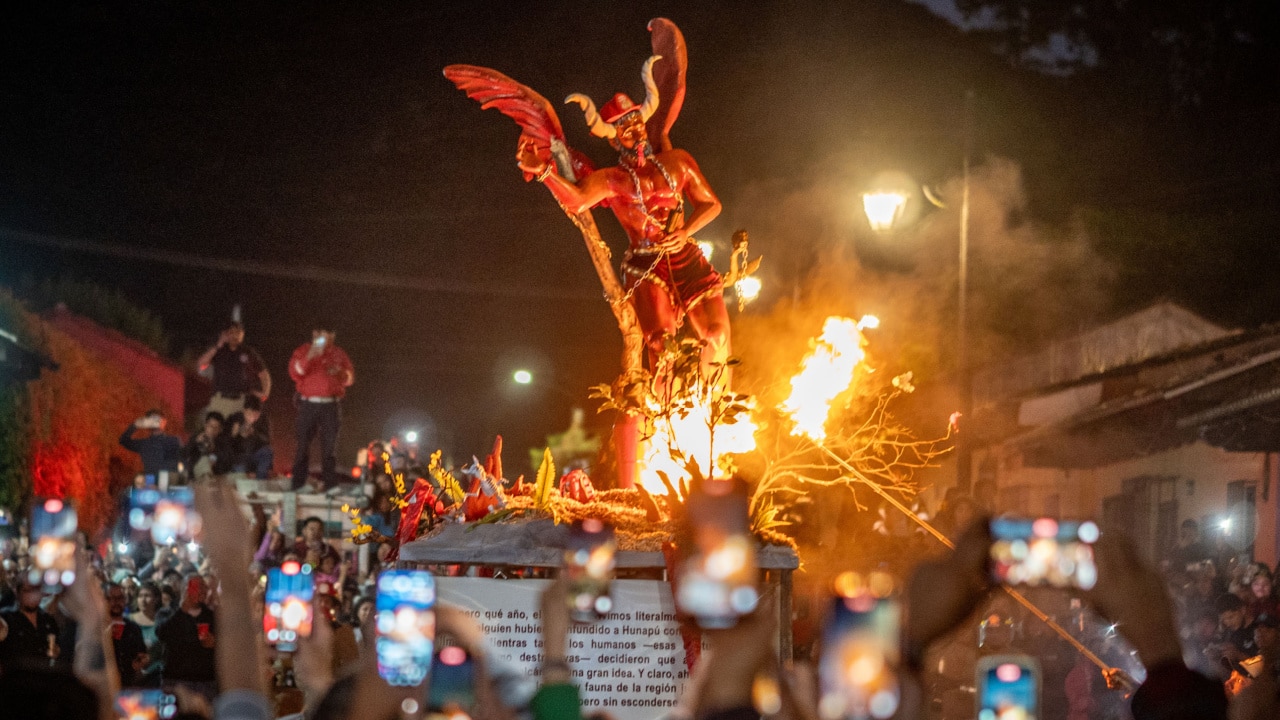Remember the Body Found at Gustavo Cerati’s Old House? DNA Just Revealed It Was a Teen Missing Since 1984
What began as a demolition project in a quiet Buenos Aires neighborhood has led to the resolution of a four-decade-old missing person case. Human bones discovered next to a house once rented by Argentine rock icon Gustavo Cerati have now been identified as belonging to a 16-year-old boy named Diego, who disappeared in 1984.
His family had spent decades searching. They kept his bedroom intact and circulated flyers. They never gave up. And now, thanks to a collapsed wall, a construction crew, and a forensic team that never stopped asking questions, they finally have answers.

Gustavo Cerati’s name helped keep the spotlight on the case
The discovery happened back in May, when workers demolishing a home in the Coghlan neighborhood found bones, a Casio calculator watch, and other personal items buried near a dividing wall. As reported by Infobae and Perfil, the property was adjacent to the house Gustavo Cerati once rented between 2001 and 2003. That detail helped bring widespread attention to the case, even though Cerati had no connection to the remains or the crime.
According to Infobae, the skeleton was located just 40 to 50 centimeters underground. “When one of the guys was shoveling, a hole opened up and all the remains started falling into the site,” Daniel, a safety officer overseeing the construction, told La Nación. “There was a femur, a keychain, a Casio watch. We realized we had found a body.”
Authorities collected over 150 bone fragments, shoe parts, clothing, and a keychain. Experts from the Argentine Forensic Anthropology Team (EAAF) conducted detailed lab analysis. They determined the remains belonged to a teenage male and found injuries including a fatal stab wound to the fourth rib and cuts to the limbs consistent with an attempt to dismember the body using a saw, according to Perfil.

The boy had vanished in 1984, but the police never took it seriously
Diego had been missing since July 26, 1984. He had returned from school, eaten lunch with his mother, and asked for money to visit a friend. He never came home. That evening, when his parents went to the local police station to file a report, the officers refused to help. “He went off with a girl, he’ll come back,” they told them, according to the 1986 interview his father gave to ¡Esto! magazine.
Diego was a student at Escuela Nacional de Educación Técnica (ENET) No. 36 and played soccer at Excursionistas. The day he disappeared, he was wearing his school uniform. That detail, along with the objects found buried with his body, helped forensic teams confirm his identity.
One of Diego’s nephews recognized the story in the press coverage and alerted the rest of the family. His mother later gave a DNA sample. The match was exact.

Forensic evidence paints a grim picture of Diego’s final moments
According to Infobae, forensic anthropologists recovered fragments of Diego’s skull, jaw, ribs, femur, and other bones. The injuries on his remains included stab wounds and cuts that suggest the killer may have tried to dispose of the body in a hurry. The makeshift grave was just 60 centimeters deep.
The EAAF’s forensic work was meticulous. As explained by team founder Luis Fondebrider to Infobae, “The scene is a frozen moment in time, whether it’s hours old or 60 years old. It requires careful documentation by forensic archaeologists who know how to recover a crime scene involving human remains.”
Fondebrider described the process: bones are first cleaned, then radiographed, and finally studied to determine age, sex, height, and other characteristics. “You don’t identify a person by DNA alone,” he explained. “Genetics is powerful, but it’s just one part of a much larger process.”

What happens next in the Gustavo Cerati house case?
Now that the body has been identified, the investigation shifts focus. Prosecutor Martín López Perrando is leading the case and, according to Perfil, is expected to call in people who lived on the neighboring property in 1984. Records list a woman and her two children, including a man named Cristian Graf, who was reportedly a schoolmate of Diego’s.
According to La Nación, the construction crew had spoken to Graf before the discovery. “He told us this used to be a church, then a stable, then said maybe the bones came with a load of dirt they brought in to fill the pool,” one worker recalled. “But when we talked to an operator, he said that was impossible. We see everything that goes in.”
Since the murder happened over 40 years ago, it may be considered legally prescribed. Still, the family and investigators hope to learn more. “I feel empty and filled with indignation,” Diego’s brother told Perfil after learning of the identification.
Gustavo Cerati’s former residence is now part of something much larger
While the musician had no link to the crime, the house’s association with Cerati helped amplify a story that had gone cold. That visibility led to Diego’s family recognizing the details, speaking up, and providing the DNA that closed the loop.
As Perfil wrote, this was a mystery “literally buried” for decades. Now that Diego’s identity has been recovered, the case turns toward a much older question: who killed him, and why?




